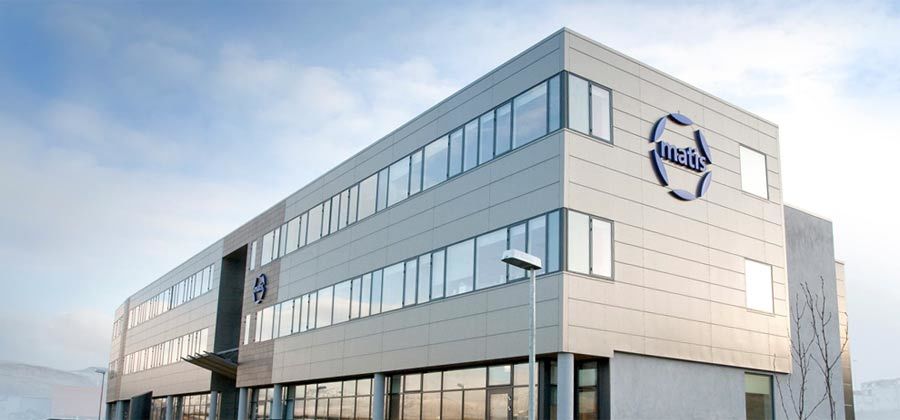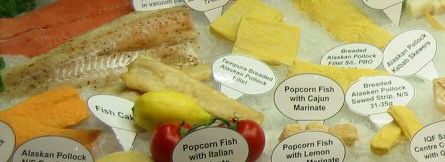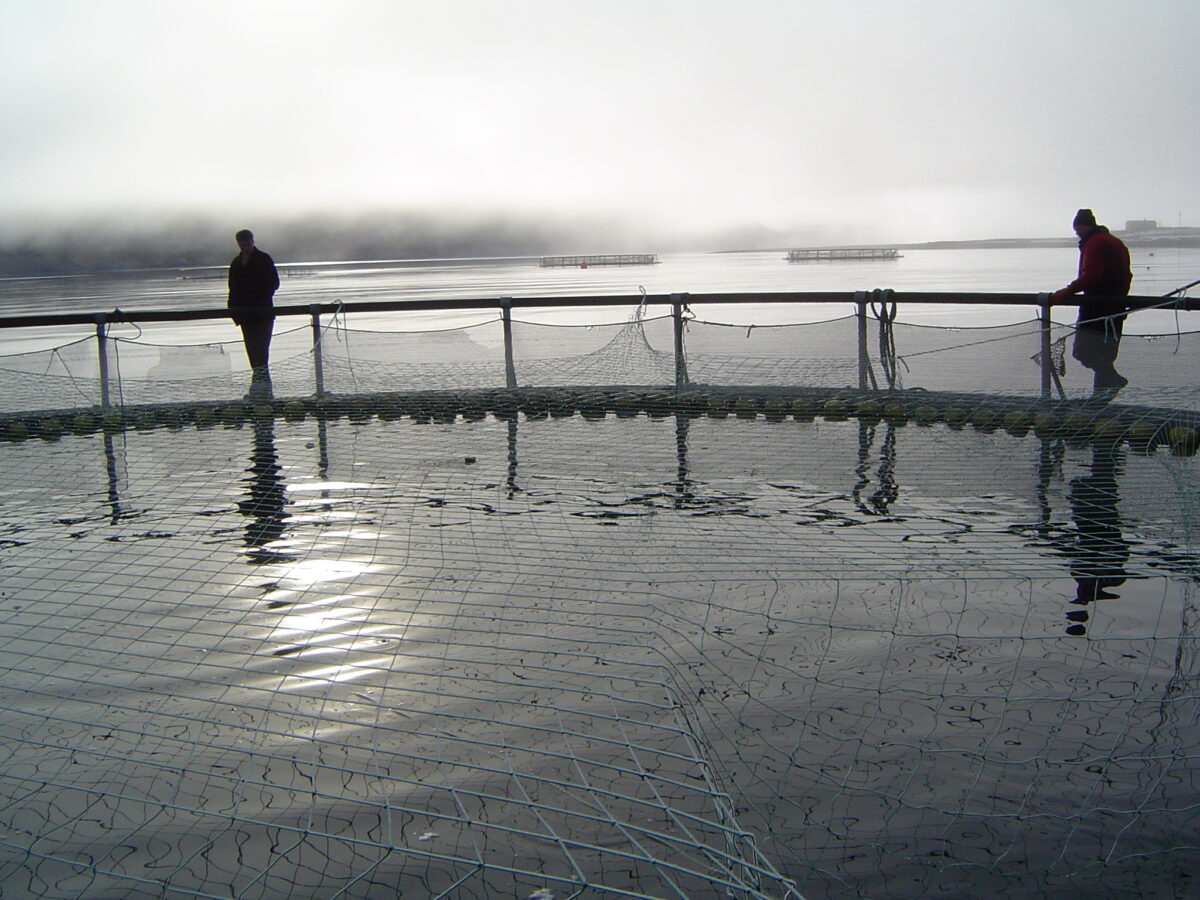Promens Dalvík, formerly known as Sæplast, has started production of an innovative fish tank that is lighter than other tanks and has a larger intake volume than previously known. The design of the pots means that they reduce shrinkage and bruising on fish and improve the quality of raw materials. The fish tank is developed in collaboration with Matís ohf. (Matvælarannsóknir Íslands) and FISK Seafood in Sauðárkrókur and the project received funding from AVS.
The design of the pot is such that when stacking, the upper pot closes the lower one. In a four-pot position, only one lid is needed. Holes for the forklift fork have been moved to the outside of the tank so that there is no risk of dirt reaching the bottom of the lower tank when they are stacked. In this way, it is possible to reduce the load on fish in the lower layers of the tanks and thereby reduce the shrinkage and bruising on the fish.
Stress tests on the new pots have given good results at Promens. It is also expected that FISK Seafood in Sauðárkrókur will test a few pots for a few weeks before the product goes into mass production.
Information on tanks from fishing to processing
The aim is for the new tank to have an RFID chip that stores information about fish from fishing to processing and ensures traceability through processing. Such information is important for sales in the market because it promotes an increased flow of information and increases security. The information system is developed in collaboration with FISK Seafood, Maritech and Matís, but AVS also supported this part of the project.
Bjarki Magnússon at Promens in Dalvík says that there is a lot of interest in this production, it became abundantly clear when the tank was officially presented at the Fisheries Exhibition in Brussels, Belgium last year.









